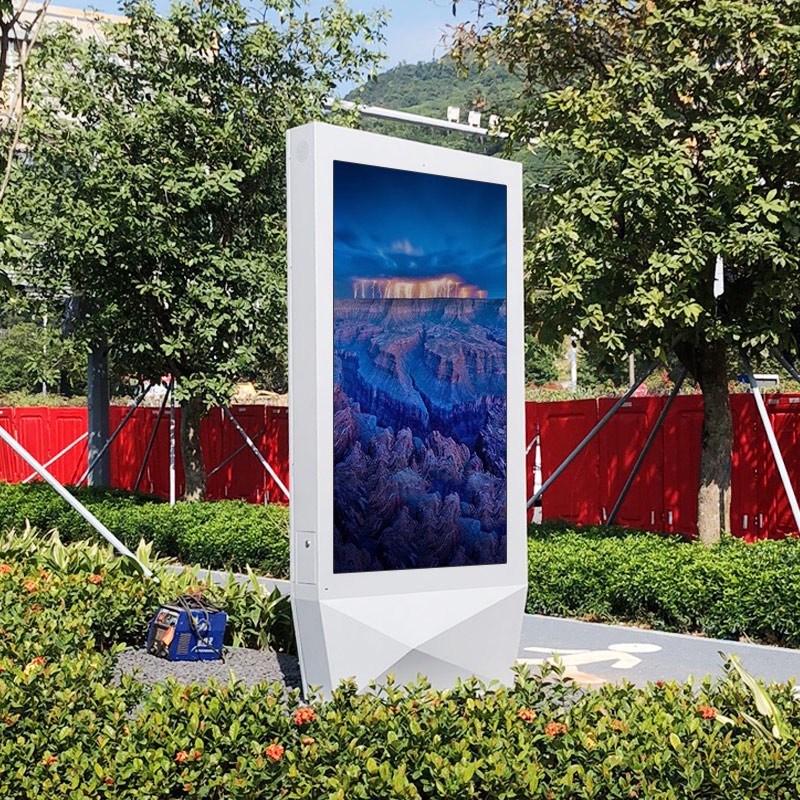Digital Signage for Theme Parks and Attractions
In the realm of entertainment and leisure, theme parks and attractions stand as paragons of creativity, immersion, and fun. From thrilling rides to enchanting shows, these venues offer a myriad of experiences designed to captivate visitors of all ages. In recent years, the integration of technology has played a pivotal role in elevating the overall visitor experience. One such technological advancement that has gained traction is digital signage. This article delves into the myriad ways digital signage enhances theme parks and attractions, exploring its benefits, applications, and the future it promises.

Digital signage refers to the use of electronic displays, such as LCD, LED, and projection screens, to convey information, advertising, and entertainment content. In the context of theme parks and attractions, digital signage serves as a dynamic and versatile tool that can be tailored to meet various needs. From wayfinding and scheduling to promotional messages and interactive experiences, digital signage offers a multitude of possibilities.
One of the primary advantages of digital signage in theme parks is its ability to provide real-time information. Unlike static signs, digital displays can be updated instantly, ensuring that visitors are always informed about the latest attractions, showtimes, and park policies. This is particularly crucial in environments where conditions can change rapidly, such as weather updates or unexpected ride closures. By keeping visitors informed, digital signage helps to manage expectations and reduce frustration, enhancing the overall enjoyment of the park.
Moreover, digital signage enhances wayfinding within theme parks. Navigating through a sprawling park filled with numerous attractions can be a daunting task, especially for first-time visitors. Digital maps and directional signs can guide visitors efficiently, helping them locate their desired attractions, amenities, and services with ease. Interactive touchscreens can take this a step further by allowing visitors to search for specific attractions, view wait times, and even plan their day's itinerary. This not only improves the visitor experience but also helps to distribute foot traffic more evenly throughout the park, reducing congestion and enhancing safety.
Beyond its functional benefits, digital signage also serves as a powerful medium for promotion and branding. High-definition displays can showcase stunning visuals and animations, capturing the attention of visitors and creating a lasting impression. Theme parks can use digital signage to promote new attractions, upcoming events, and special offers, generating excitement and encouraging repeat visits. Additionally, digital signage can be integrated with social media platforms, allowing visitors to share their experiences instantly and further amplifying the park's reach.
The versatility of digital signage also enables theme parks to create immersive and engaging experiences. For instance, interactive displays can be used to bring characters to life, allowing visitors to interact with them in a fun and memorable way. Augmented reality (AR) and virtual reality (VR) technologies can be incorporated into digital signage to create immersive environments that transport visitors to different worlds. These experiences not only entertain but also differentiate the park from its competitors, making it a must-visit destination.
Furthermore, digital signage can contribute to sustainability efforts within theme parks. By replacing printed materials with electronic displays, parks can reduce their environmental footprint. Digital menus, for example, can be updated remotely without the need for printing new versions. Similarly, digital signage can be used to promote eco-friendly practices and educate visitors about the park's sustainability initiatives, fostering a sense of responsibility and encouraging environmentally conscious behavior.
In addition to enhancing the visitor experience, digital signage also offers operational benefits for theme park managers. By providing real-time data and analytics, digital signage can help managers monitor visitor behavior, track foot traffic, and identify areas for improvement. This information can be invaluable for decision-making, allowing managers to optimize park operations, improve resource allocation, and enhance overall efficiency.
The applications of digital signage in theme parks and attractions are vast and varied. At the entrance, digital displays can welcome visitors with a spectacular show, setting the tone for their visit. Throughout the park, digital signage can be used to provide information about ride wait times, show schedules, and restaurant locations. In retail areas, digital displays can showcase products and promotions, enticing visitors to make purchases. And in emergency situations, digital signage can be used to disseminate critical information quickly and effectively, ensuring the safety of all visitors.
As technology continues to advance, the future of digital signage in theme parks and attractions looks promising. Emerging technologies such as artificial intelligence (AI) and the Internet of Things (IoT) can be integrated with digital signage to create even more intelligent and responsive systems. AI, for example, can be used to analyze visitor behavior and personalize content based on individual preferences. IoT can enable digital signage to communicate with other devices within the park, creating a seamless and interconnected experience.
In conclusion, digital signage has become an indispensable tool for theme parks and attractions, enhancing the visitor experience in numerous ways. From providing real-time information and improving wayfinding to promoting attractions and creating immersive experiences, digital signage offers a multitude of benefits. As technology continues to evolve, the possibilities for digital signage in theme parks will only continue to grow, promising even more exciting and innovative experiences for visitors in the future. By embracing this technology, theme parks and attractions can stay at the forefront of the entertainment industry, delivering unforgettable experiences that keep visitors coming back for more.
Application scenarios of digital signage








